More news is the problem, not the solution
At the beginning of the pandemic, way back in early 2020, World Health Organization director-general Tedros Adhanom Ghebreyesus, said that the world was facing not one but two major crises: the pandemic, yes, but also what he called the “infodemic” — a deluge of information so overwhelming that it becomes impossible for ordinary people to figure out what is or isn’t credible information.
The symptoms of the infodemic are all too obvious: the rise of conspiracy theories like QAnon, the vast numbers of people who refuse to get vaccinated for Covid-19, and the persistent untruths which fuel so much of today’s politics, no matter how often they are dutifully debunked.
As journalists, we’re on the frontlines of the infodemic. But instead of coming up with solutions, too many of us are part of the problem, dumping vast amounts of information on our audiences, across multiple platforms, and expecting them to have the tools — and the time — to process it all.
This is a function, perhaps, of the infinite nature of the internet: There are no limits on how many stories we can publish, or how long those stories should be. It doesn’t help that the algorithms that define our online existence are set up to reward more pages and more clicks.
But this approach fails to recognize that the nature of journalism has fundamentally changed in the 21st century. In an information-scarce environment, such as the pre-internet age, journalism existed to find and distribute news to an audience, because they couldn’t get that news anywhere else.
Today, everyone with access to the internet lives in an information-rich environment, and the primary role of effective journalism is different. Journalism now functions to condense, contextualize, and curate the sheer volume of information that is out there and accessible to all — to stand between readers and the abyss of the infodemic.
Ironically, the news product that does this best is an old-fashioned print newspaper, where stories are carefully ordered and, because space is at a premium, ruthlessly cut to fit. The hard work is done in the newsroom by people whose job it is to process information; all readers have to do is to keep turning the pages.
The news product that does this worst is a news website, where readers are faced on every page with a dizzying array of stories, each of which might link to a dozen other stories on a dozen other websites. It’s simply too much information to take in at once, and the decision fatigue sets in immediately. Many readers switch off, or they go somewhere else that makes it much easier to access information — even if that information is less reliable.
As journalists, we need to think a lot more carefully about how much information we are putting out into the world and how we present it. Are we countering the infodemic or contributing to it? What we do publish needs to be meaningful, high quality, and respectful of our audience’s time. (For example, if the editing is good enough, most stories can run at half the word count without losing meaning or style — including, no doubt, this one.)
Anything else and the infodemic wins.
Simon Allison is co-founder and editor-in-chief of The Continent, Africa’s most widely distributed newspaper.

At the beginning of the pandemic, way back in early 2020, World Health Organization director-general Tedros Adhanom Ghebreyesus, said that the world was facing not one but two major crises: the pandemic, yes, but also what he called the “infodemic” — a deluge of information so overwhelming that it becomes impossible for ordinary people to figure out what is or isn’t credible information.
The symptoms of the infodemic are all too obvious: the rise of conspiracy theories like QAnon, the vast numbers of people who refuse to get vaccinated for Covid-19, and the persistent untruths which fuel so much of today’s politics, no matter how often they are dutifully debunked.
As journalists, we’re on the frontlines of the infodemic. But instead of coming up with solutions, too many of us are part of the problem, dumping vast amounts of information on our audiences, across multiple platforms, and expecting them to have the tools — and the time — to process it all.
This is a function, perhaps, of the infinite nature of the internet: There are no limits on how many stories we can publish, or how long those stories should be. It doesn’t help that the algorithms that define our online existence are set up to reward more pages and more clicks.
But this approach fails to recognize that the nature of journalism has fundamentally changed in the 21st century. In an information-scarce environment, such as the pre-internet age, journalism existed to find and distribute news to an audience, because they couldn’t get that news anywhere else.
Today, everyone with access to the internet lives in an information-rich environment, and the primary role of effective journalism is different. Journalism now functions to condense, contextualize, and curate the sheer volume of information that is out there and accessible to all — to stand between readers and the abyss of the infodemic.
Ironically, the news product that does this best is an old-fashioned print newspaper, where stories are carefully ordered and, because space is at a premium, ruthlessly cut to fit. The hard work is done in the newsroom by people whose job it is to process information; all readers have to do is to keep turning the pages.
The news product that does this worst is a news website, where readers are faced on every page with a dizzying array of stories, each of which might link to a dozen other stories on a dozen other websites. It’s simply too much information to take in at once, and the decision fatigue sets in immediately. Many readers switch off, or they go somewhere else that makes it much easier to access information — even if that information is less reliable.
As journalists, we need to think a lot more carefully about how much information we are putting out into the world and how we present it. Are we countering the infodemic or contributing to it? What we do publish needs to be meaningful, high quality, and respectful of our audience’s time. (For example, if the editing is good enough, most stories can run at half the word count without losing meaning or style — including, no doubt, this one.)
Anything else and the infodemic wins.
Simon Allison is co-founder and editor-in-chief of The Continent, Africa’s most widely distributed newspaper.
Joy Mayer

Jennifer Brandel

Kathleen Searles Rebekah Trumble

Gonzalo del Peon

Daniel Eilemberg

Catalina Albeanu

S. Mitra Kalita
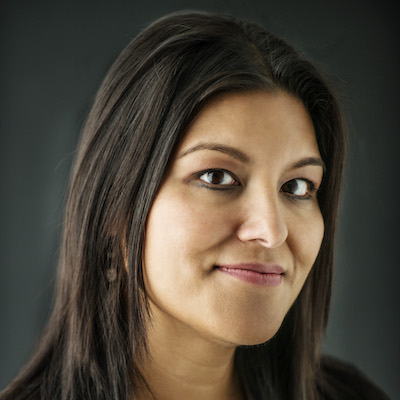
Chicas Poderosas

Amara Aguilar

Moreno Cruz Osório

Laxmi Parthasarathy

Kristen Muller

Christina Shih

Rachel Glickhouse

Kristen Jeffers
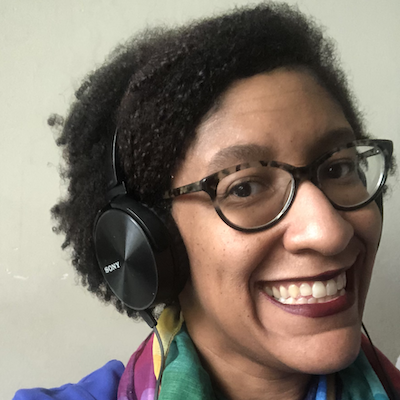
Whitney Phillips

Simon Galperin

Sarah Marshall

Larry Ryckman

Sam Guzik

Stefanie Murray

Jennifer Coogan

Amy Schmitz Weiss

Michael W. Wagner

Anthony Nadler

j. Siguru Wahutu
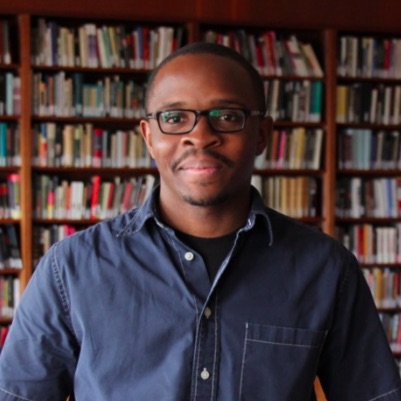
Richard Tofel

Francesco Zaffarano
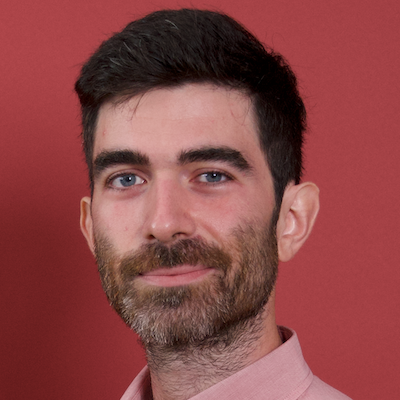
Matthew Pressman

Millie Tran
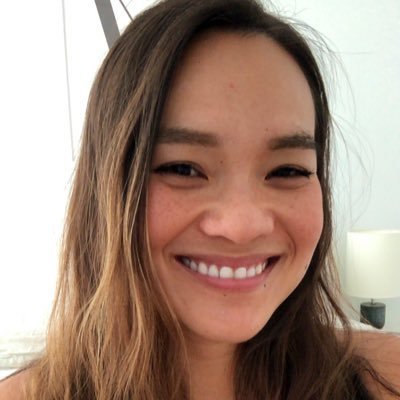
Burt Herman

Ariel Zirulnick

Mike Rispoli
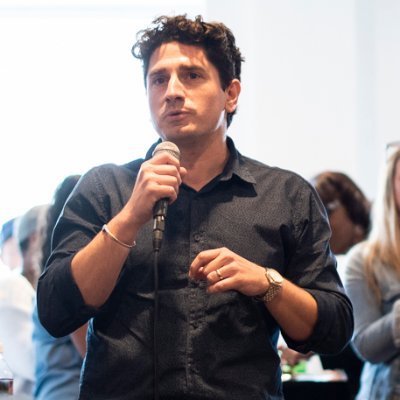
Jonas Kaiser

Melody Kramer

Mario García

Natalia Viana

Raney Aronson-Rath

Jim Friedlich
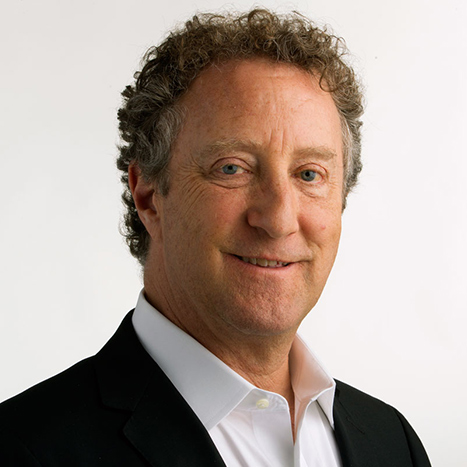
Anita Varma
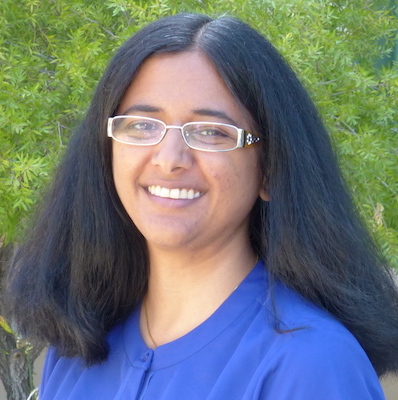
Zizi Papacharissi
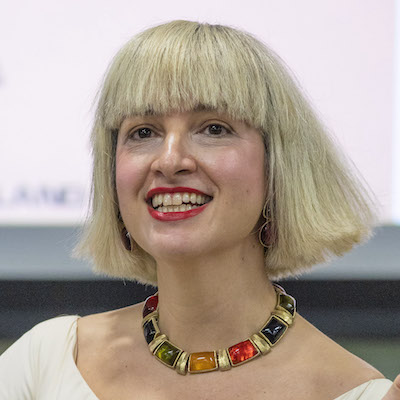
Megan McCarthy

Parker Molloy

Janelle Salanga

Cherian George
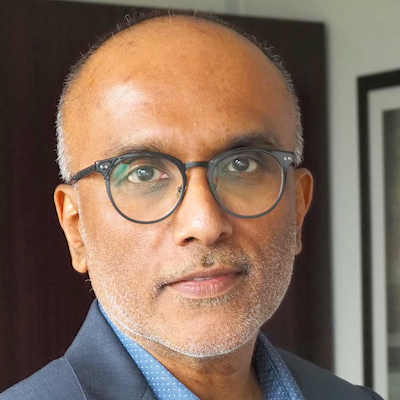
Cristina Tardáguila

Robert Hernandez

Gordon Crovitz

Cindy Royal

Kendra Pierre-Louis

Julia Angwin

Stephen Fowler

Chase Davis

Shannon McGregor Carolyn Schmitt

Ståle Grut

Jesse Holcomb
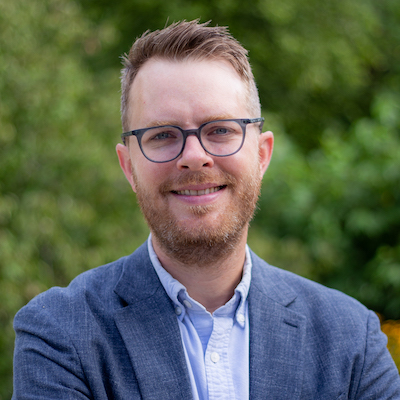
James Green

Wilson Liévano
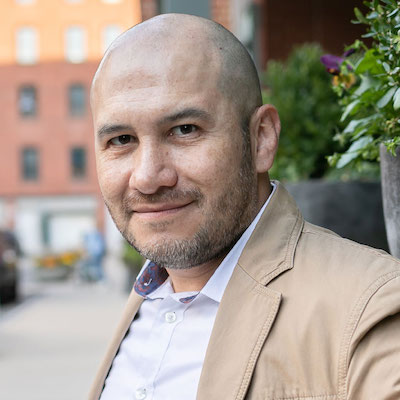
Meena Thiruvengadam
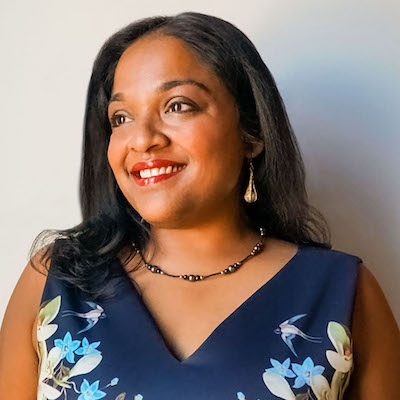
Christoph Mergerson
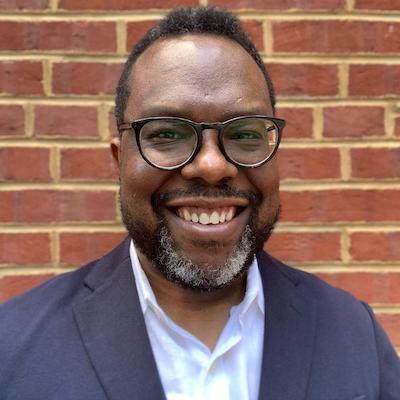
Candace Amos

Joni Deutsch

Paul Cheung

Alice Antheaume
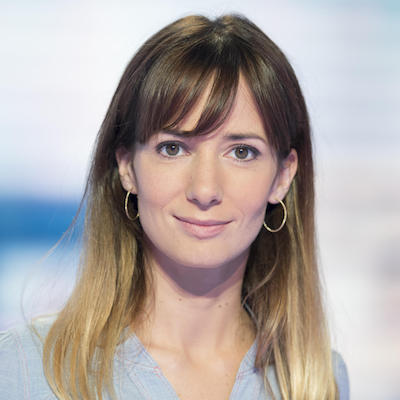
AX Mina

Mary Walter-Brown

Mandy Jenkins

David Cohn

Nikki Usher

Simon Allison

Joe Amditis

Don Day

Shalabh Upadhyay

Doris Truong

Matt DeRienzo

Juleyka Lantigua

Jessica Clark

Brian Moritz

Tamar Charney
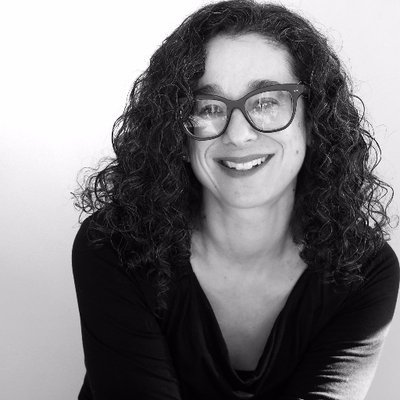
Tony Baranowski
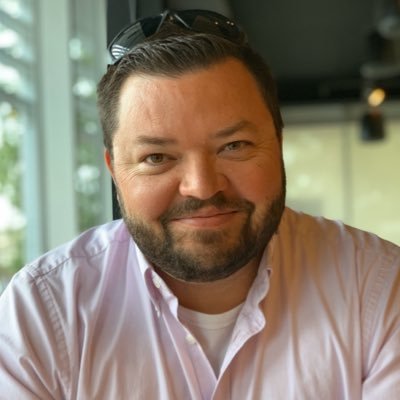
Matt Karolian

Rasmus Kleis Nielsen

David Skok
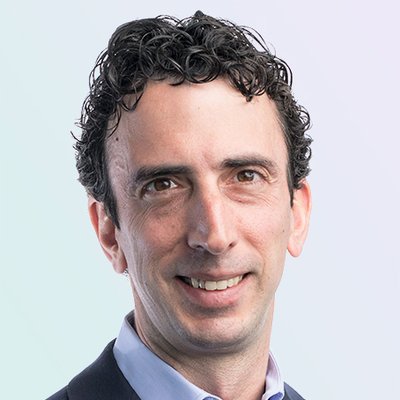
Andrew Freedman

A.J. Bauer
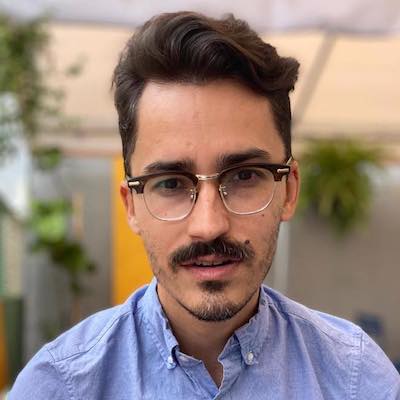
Tom Trewinnard

Kerri Hoffman
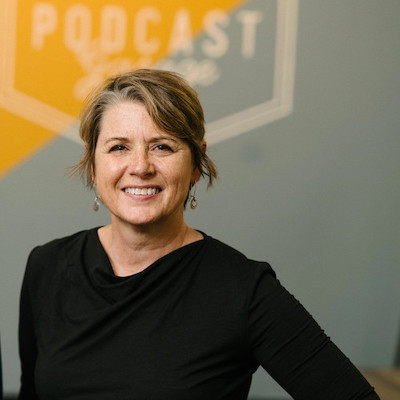
Joanne McNeil

Sarah Stonbely

Izabella Kaminska

Eric Nuzum
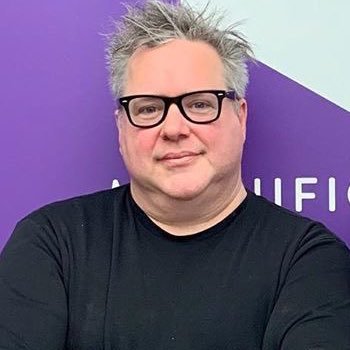
John Davidow

Victor Pickard

Errin Haines

Jody Brannon

Anika Anand

Julia Munslow

Gabe Schneider

Jesenia De Moya Correa

Joshua P. Darr
